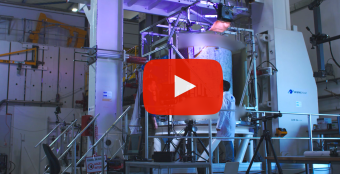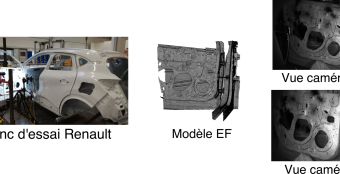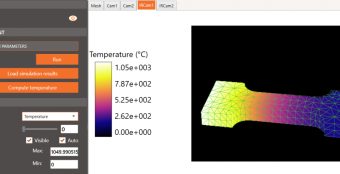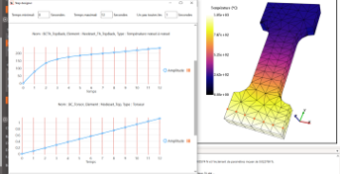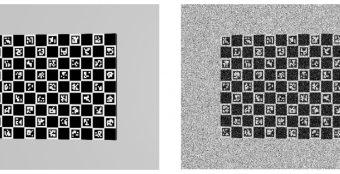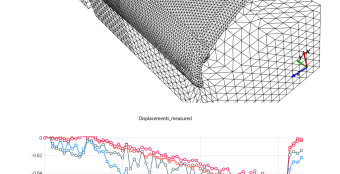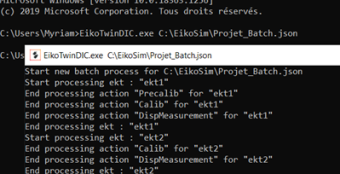EIKOSIM BRIDGES THE GAP BETWEEN TESTS AND SIMULATIONS
By Elisa Perozzi, Strategic & Digital Marketing Manager at EikoSim EikoSim is committed to reducing the gap between tests and simulation, by developing and transmitting to its customers the use of innovative tools for the validation of their numerical simulations. Thanks to its expertise and its close link with the LMT research laboratory (ENS Paris-Saclay), EikoSim…
Safran Aircraft Engines trusts EikoSim with EikoTwin
Julien Schneider is an expert at the Composites Industrial Center of Excellence at Safran Aircraft Engines, and he tells us about his experience with our software EikoTwin. What is EikoTwin? The EikoTwin software allows to implement a test/calculation dialogue during the development of industrial mechanical products. Based on innovative image processing technologies, EikoTwin aims at…
Digital image correlation for automotive structures
Context In the context of monitoring large-scale production of automotive parts, many parts are subjected to repeated tests to ensure their integrity once they are put into service. Thus, the test that we address in this paper is dedicated to the “gust of wind” tests of an opening structure (see Figure 1). Loading tests on…
Thermal plugins from the EikoTwin suite
In order to meet the specific needs of customers and to extend the use of the EikoTwin software suite to other fields of activity, EikoSim has developed two new optional plugins: the DIC and DT thermal plugins. As their names suggest, DIC thermal plugin can be used in EikoTwin DIC software, and DT thermal plugin…
RELEASE NOTES EIKOTWIN SUMMER 2021
By Florent Mathieu, Ceo of EikoSim The Summer 2021 release of the EikoTwin suite is available! Discover the details of the new features! On the menu of the EikoTwin Summer 2021 release, new functionalities for all the software of the suite, an optimized management of installations and licenses, as well as an online self-training module. Discover…
White paper – simulation validation with DIC
After 5 years of existence, and while in the permanent process of remodelling our offer and business model, we thought it would be a good time to summarize what we’ve understood of our industry and the key pain/value points we detected. We’re publishing the first parts on LinkedIn to get more feedback before we release the…
Sources of measurement errors with digital image correlation
In digital image correlation as in any measurement process, errors affect measured data. The characteristic of this method lies in the direct dependency between the test and the measurement error [1,2,3]. Indeed, errors need to be estimated for every new test. These errors can be classified in two categories: the bias corresponding to systematic errors…
Camera calibration: principles and procedures
Using a multi-camera system for metrology and accurate measurements requires the calibration of the pixel coordinates of these cameras. They can be represented mathematically by a projection model in the form of a matrix, allowing the passage of the position of 3D points to their projection in 2D image space. The process of estimating the…
EikoTwin DIC and the measurement of small strains
Innovation in the automotive industry Innovation is at the heart of the automotive industry: autonomous vehicles, shared mobility, advanced equipment, etc. In order to reinvent themselves and remain competitive, it is necessary for automotive industries to innovate and develop new technologies. It is therefore essential for these companies to perform realistic simulations. The objective is…
The Batch mode: a new EikoTwin DIC plugin
In order to continuously improve the features offered by EikoTwin DIC software, EikoSim has developed a new optional plugin: the Batch mode. It enables to launch the pre-calibration, calibration, and displacement measurement for several EikoTwin DIC projects in EKT format through a configuration file prepared beforehand. This partial automation of the data processing ensures significant…

